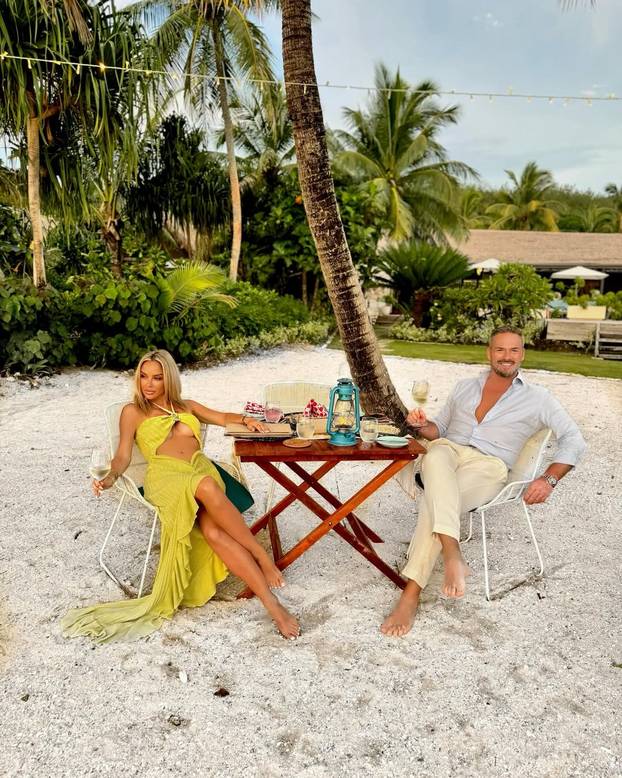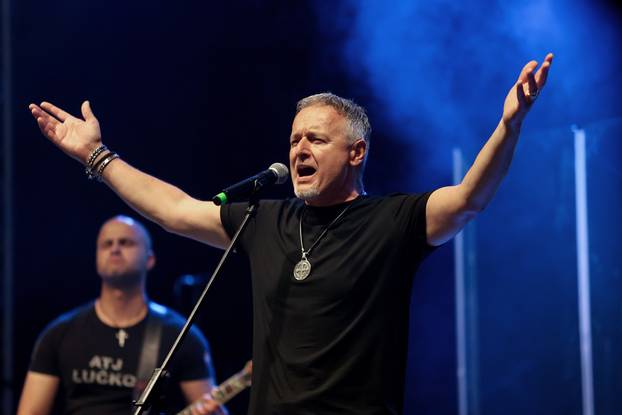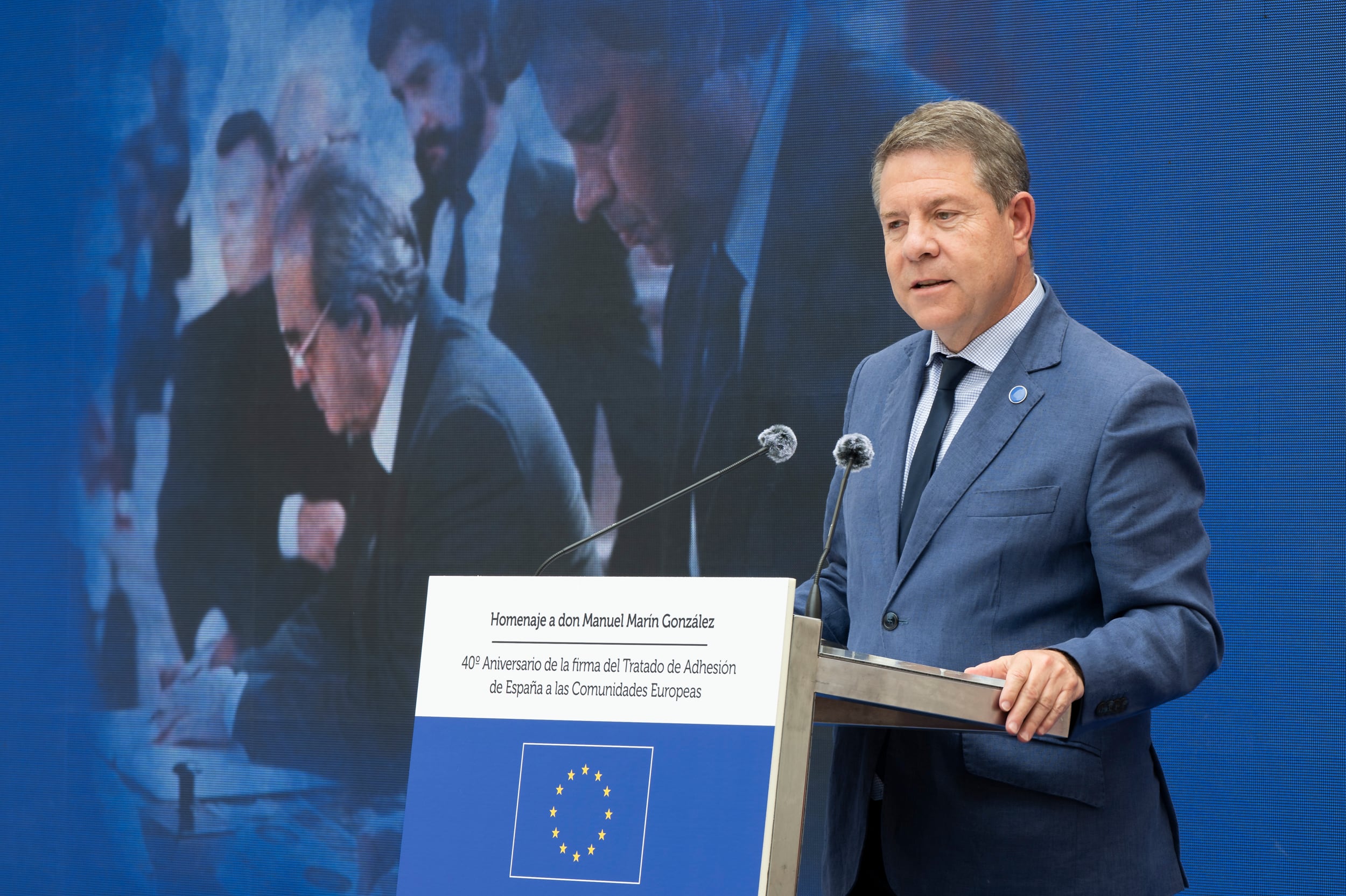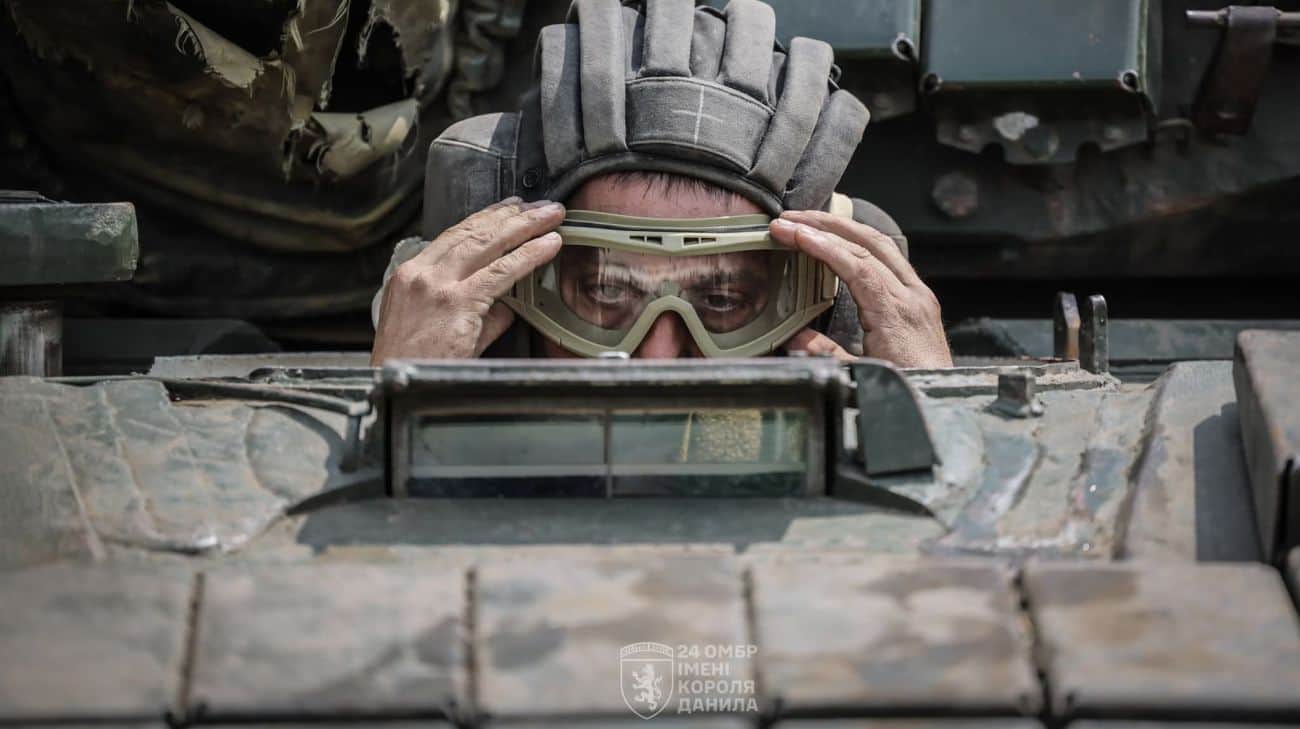Ukrainian surviving hell of Mariupol and Russian prison and launched a fashion brand

Former Ukrainian prisoner Marija Čeh has passed and survived the darkness of Mariupol and Russian prison, and today she is the driver of the Gerda -11 fashion brand, who symbolizes the strength, dignity and unwavering will of women who survived hell and decided to beat him. War is an experience that changed her forever, but she decided to get out of this, and to turn her vision, created in the darkness of Russian captivity, into reality. « I want to be an example that you can endure hell and get out of it as a winner, » says Marija Ceh, who stayed in Croatia as part of the rehabilitation and resociation of the Ukrainian war veterans.
Siege of Mariupolje – medieval brutality
Born in the Ukrainian family of active participants of the National Movement of Ukraine, the remote was aware of Russian propaganda, an attempt to distort history and the systematic degradation of Ukrainian identity. « We are not ‘brothers’ or ‘family’. Russia is an aggressor, Ukraine is dignified for freedom, while Russia destroys everything that does not fit into its imperial vision, » Czech says.
Her hometown of Mariupol has experienced one of the most difficult sieges in contemporary history. The city was ruthlessly attacked by planes, artillery, ships and sniper. The streets became battlefields, and survivors of soldiers and civilians together shared the latest food and water supplies. Among them was Mary, helping civilians while the city was sinking into chaos.
« My city of Mariupolj, defended by the Azov Brigade, was mostly under constant shelling. The bodies of the killed civilians lay on the streets, and the animals ran with human limbs in the muzzles. It was medieval brutality, » she said.
After the fall of Mariupol, she reached Russian captivity – first to the Olenovka camp and then in the other prisons. There were 23 girls in a 20 square meter cell.
« The conditions were inhumane and unbearable, without air, without space, without human conditions. Because of the heat, the heat, humidity and absence of air in the basement, we all got sick of skin diseases. Our legs swollen and literally torn, » she described the conditions in which she spent months, not going out anywhere, or for a moment.
But the hardest thing was psychological uncertainty – not to know if her brother and husband live, if there was her city, her people …
It was in those moments that the idea was born for what would later become Gerda -11. As she watched other women in the cell, tortured and beaten, she imagined them as strong figures on the catwalk, dressed in dresses that symbolize freedom and female resistance. That inner world, filled with beauty in the middle of darkness, gave her the strength to endure.
Dresses grown from dreams in captivity
« I watched women in dirty clothing, who were not allowed to sit all day. Our legs began to fail. And in those moments, I imagined them in dresses, on the catwalk. It kept me alive, » she recalled.
In the background of brutal war, destruction and captivity, a fashion story was born that today gets applause on fashion runways. In May, Maria’s Gerda -11 project premiered on the LVIV Fashion Week, where real clothing combinations from the time of captivity, as well as the dresses that grew out of her dreams in captivity are shown. The project delighted the audience, and the next presentation was planned for Berlin.
« Gerda -11 is not just a fashion brand. It is a symbol of the resistance, dignity and inner beauty that the war failed to destroy. In captivity, I was called Harley Quinn because even then I laughed while I dressed. That laugh was my resistance and my protection. Gerda -11 is a fashion with the story, that is the voice that is heard from the fight.
« Dreams born in darkness, » says the author of the brand, « No one can turn off. »







